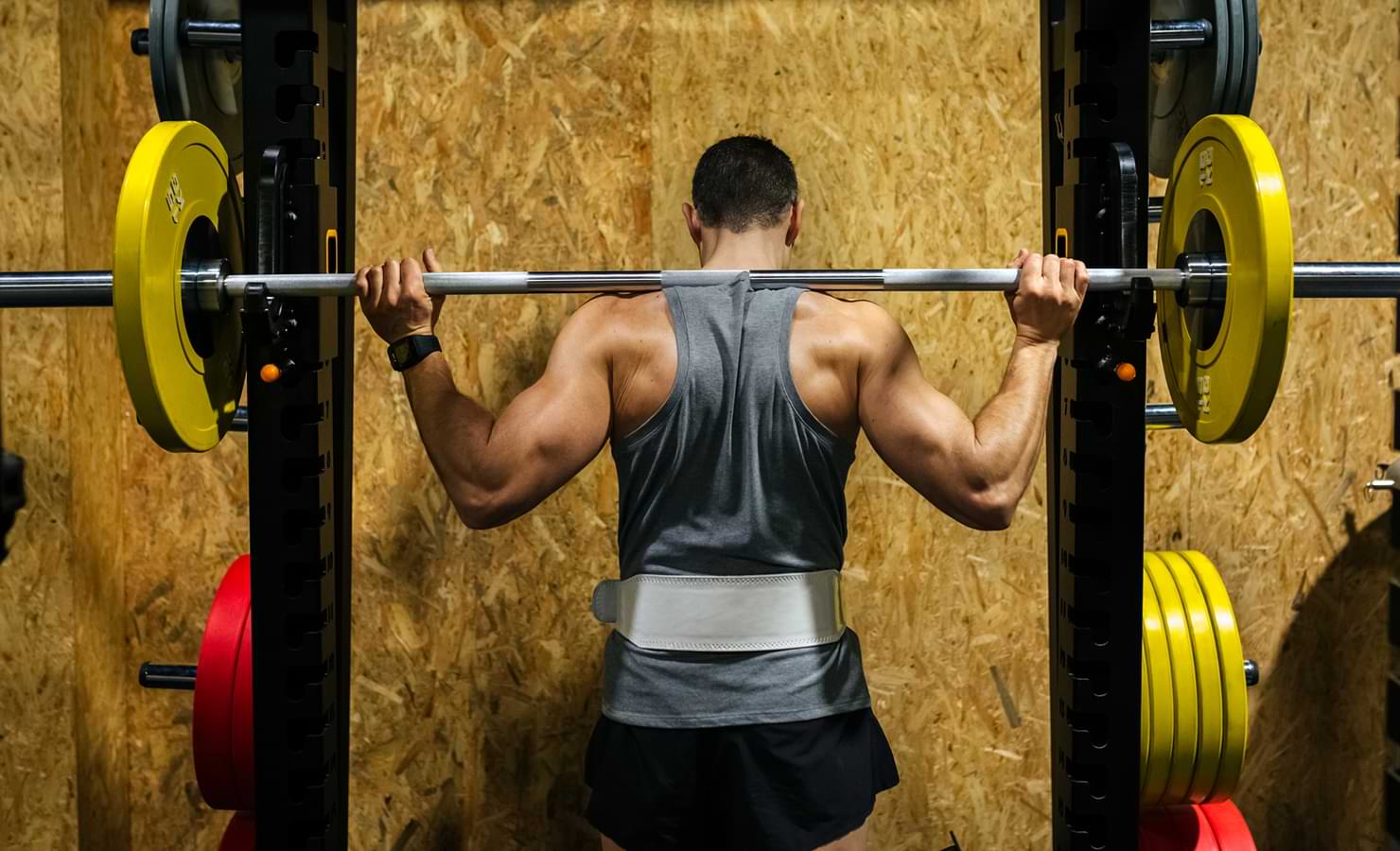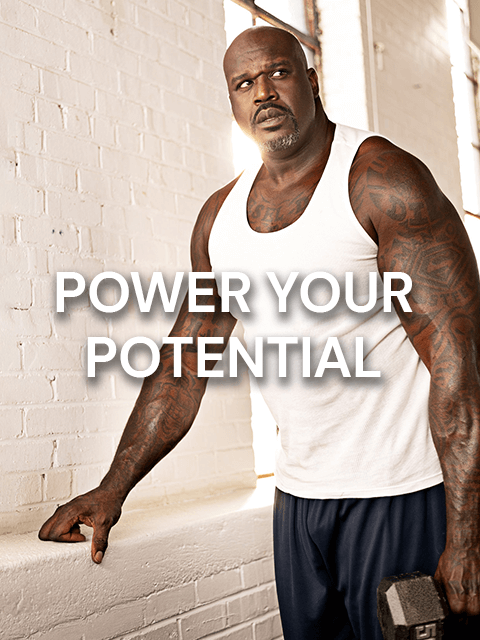5 Strength-Training Moves Everyone Should Be Doing

By Lauren Bedosky
No matter how long you’ve been strength training, you’ll never outgrow certain exercises. Namely, exercises that hit every major muscle group and build key movement patterns you use in sports and daily life.
The following 5 strength moves cover your needs. Prioritize these exercises at every stage of your fitness journey and you’ll always have a well-rounded routine.
-
Squat
You squat every time you sit and stand. This exercise also targets two key muscles in your lower body: the glutes and quadriceps.
Start with the body-weight squat:
- Stand with your feet apart, slightly wider than hip width, with your toes pointed slightly outward.
- Brace your core and hold your chest up and out.
- Shift your weight back to your heels. Bend the knees to lower your hips until your thighs are parallel (or almost parallel) with the floor.
- Check that your knees are aligned over your second toe. Your weight should be evenly distributed between the balls and heels of your feet.
- Push your feet into the floor to return to standing.
- Once the body-weight squat feels too easy, add more weight with dumbbells, kettlebells, a barbell, or a resistance band.
Squat variations: barbell back squat, barbell front squat, barbell overhead squat, wall squat, prisoner squat, sumo squat, pistol squat, jump (plyometric) squat.

-
Deadlift
The deadlift primarily works your glutes, hamstrings, and calves. It teaches you how to pick up heavy objects without using your lower back.
Start with the body-weight Romanian deadlift:
- Stand with feet hip-width apart. Let your hands rest on the tops of your thighs.
- With a straight back and a slight bend in both knees, push your hips back to hinge forward at the waist.
- As you hinge, lower your hands toward the floor. Keep going until you feel some tension along the back of your legs.
- Push your heels into the floor and pull the knees gently backward to return to standing.
- Once you feel comfortable with this exercise, you can make it more challenging by adding dumbbells, kettlebells, a resistance band, or a barbell.
Deadlift variations: barbell good morning, single-leg deadlift, sumo deadlift, suitcase deadlift, Jefferson deadlift.

-
Upper-Body Push
Upper-body push exercises, such as the push-up, target muscles in the chest, shoulders, and triceps. These are key muscles to build to help you avoid injury when performing everyday tasks.
Start with the push-up:
- Place your hands on the floor so they’re in line with and slightly wider than your shoulders, arms straight. Extend your legs so your head, hips, and heels align.
- Brace your core and bend at the elbows to lower your torso until your chest or chin touch the floor.
- Push through your hands to extend your arms.
- Don’t allow your lower back to sag or your hips to hike upward at any point during the exercise.
- If you can’t do a push-up from the floor (yet), perform the exercise from your knees or with your hands on an elevated surface, such as a countertop, bench, chair, or aerobic step.
Push-up variations: power push-up, banded push-up, hand-release push-up, Spider-Man push-up, one-arm push-up, triceps push-up.
Other push exercises: bench press, floor press, shoulder press, incline press, chest fly.
-
Upper-Body Pull
Upper-body pull moves engage muscles in the upper and middle back, shoulders, and biceps. As with pushups, strengthening these muscles can help you avoid injury and build on for other strength moves.
Start with the dumbbell bent-over row:
- Stand with feet hip- to shoulder-width apart and hold a dumbbell in each hand, arms at your sides.
- Brace your core and hinge at the waist to push your hips back. Bend your knees slightly and lower your torso until it’s nearly parallel to the floor.
- Allow the weights to hang at arm’s length, palms facing each other.
- Keeping your back flat and elbows tucked, row the weights as you squeeze your shoulder blades together. Stop when your elbows go just past your midline.
- Lower the dumbbells back to the starting position.
- If this bent-over position is uncomfortable for your lower back, try this single-arm variation: Rest one hand on a chair or bench while you row with the other arm.
- If you don’t have dumbbells, you can do this exercise with kettlebells, a barbell, or a resistance band.
Bent-over row variations: seated row, chest-supported row, inverted row, reverse-grip barbell row, Pendlay row, wide-grip barbell row, upright row, rear delt row.
Other pull exercises: lat pull-down, pull-up, chin-up, neutral grip chin-up, scapular pull-up.
-
Lunge
Lunges train the muscles in your legs. They focus on strengthening one leg at a time, which can help even out any imbalances.
Start with the static lunge:
- Stand with feet hip-width apart.
- Step your right foot forward and bend both of your knees to 90 degrees. Check that your front knee is aligned over your second toe and your hips are squared.
- As you lower your back knee toward the floor, allow your back heel to lift so your foot is supported on your toes.
- Keeping your chest lifted and most of your weight on your front leg, push through your front foot to straighten both legs. That’s one rep.
- Without moving your feet, bend both knees to 90 degrees again.
- Continue until you’ve completed all reps on one leg. Switch legs.
- When you’re ready to take the difficulty up a notch, add weight with dumbbells, kettlebells, or a barbell.













